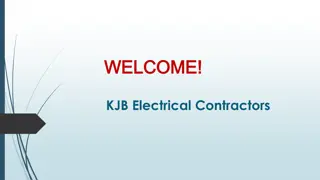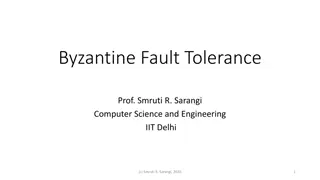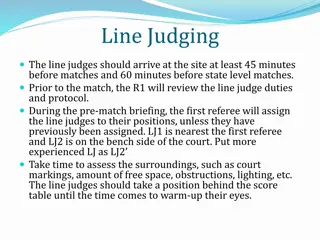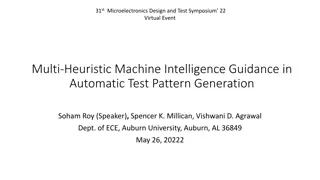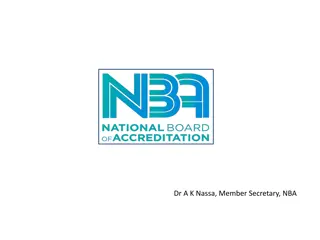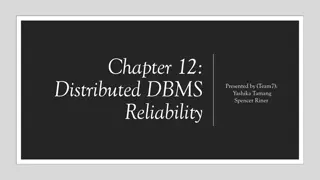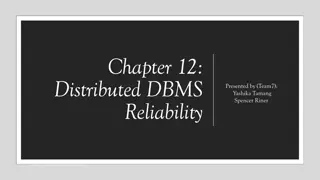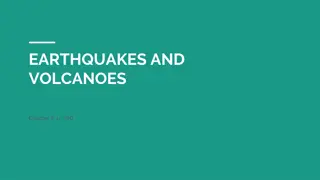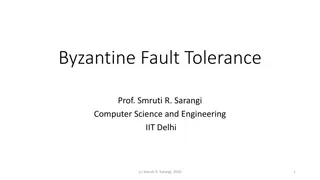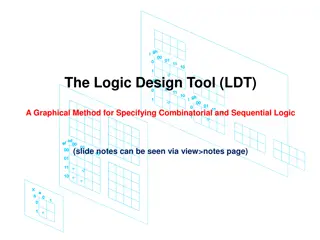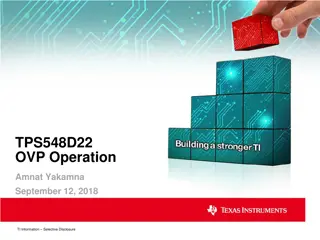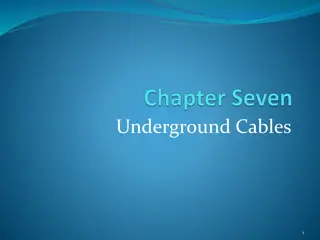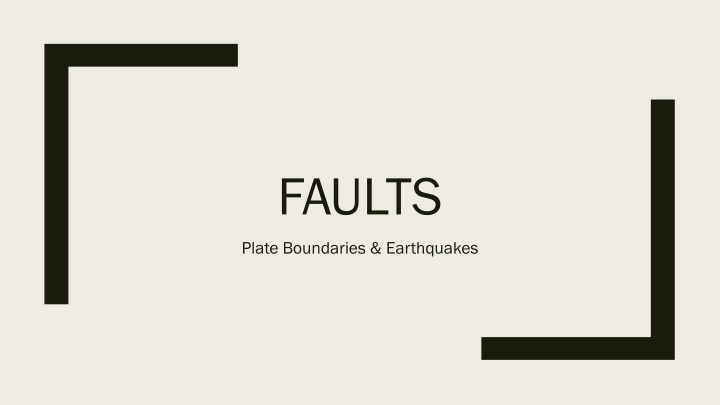
Understanding Plate Boundaries, Faults, and Earthquakes
Explore the types of faults - reverse, normal, and transform - at plate boundaries and learn about earthquakes, including the unique features of a magnitude 7.8 earthquake in Ecuador that did not occur on a plate boundary. Discover how tectonic plates interact and move along fault lines.
Download Presentation

Please find below an Image/Link to download the presentation.
The content on the website is provided AS IS for your information and personal use only. It may not be sold, licensed, or shared on other websites without obtaining consent from the author. If you encounter any issues during the download, it is possible that the publisher has removed the file from their server.
You are allowed to download the files provided on this website for personal or commercial use, subject to the condition that they are used lawfully. All files are the property of their respective owners.
The content on the website is provided AS IS for your information and personal use only. It may not be sold, licensed, or shared on other websites without obtaining consent from the author.
E N D
Presentation Transcript
FAULTS Plate Boundaries & Earthquakes
Earths surface consists of tectonic plates. The boundaries between them are faults. The red lines are boundaries between the plates or faults. The arrows show the direction each plate is moving. (Source: http://academic.evergreen.edu/g/grossmaz/HAMMVM/)
There are 3 types of faults: 1. Reverse Faults Found in subduction zones One plate slides below another 2. Normal Faults Found at Mid-Ocean Ridges Two plates pull apart 3. Transform Faults Found in many settings Two plates slide past each other, staying next to each other
1. Reverse Faults (Subduction Zones) The block on the right is sliding over the block on the left as the blocks push into each other. (Source: https://igs.indiana.edu/lessonplans/faultblock.pdf)
2. Normal Faults (Mid-Ocean Ridges) The block in the middle is sliding down compared to the other two blocks as they pull apart. (Source: https://igs.indiana.edu/lessonplans/faultblock.pdf)
3. Transform Faults (ex: San Andreas) These two blocks are sliding past each other without either of them being forced to go up or down. (Source: https://igs.indiana.edu/lessonplans/faultblock.pdf)
Magnitude 7.8 Earthquake in Ecuador! ZOOM IN TO ECUADOR The red lines are plate boundaries. On this map, the earthquake is not on a plate boundary. Can you identify the fault type? (Hint: Earthquakes happen deep in the Earth.)



